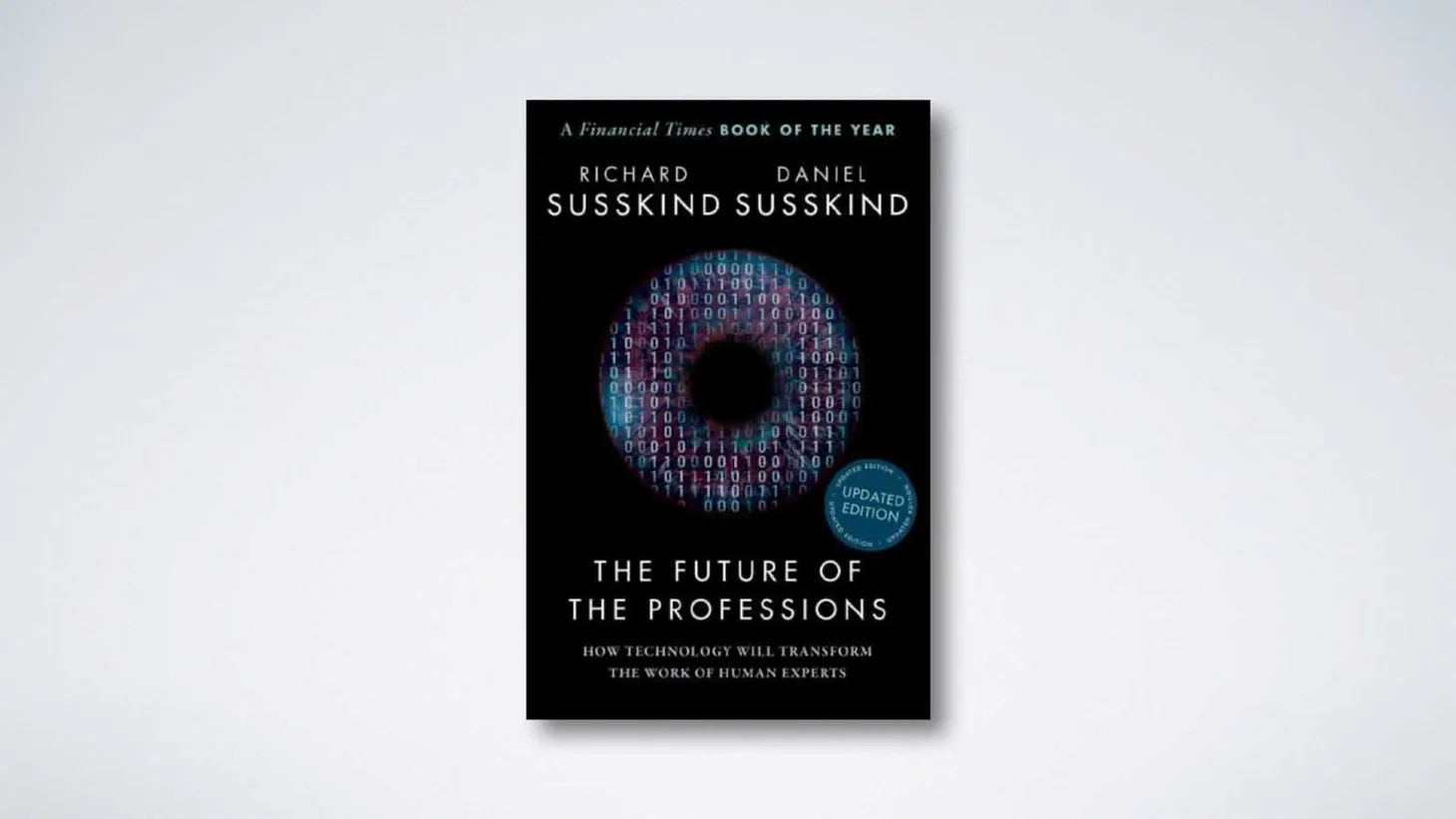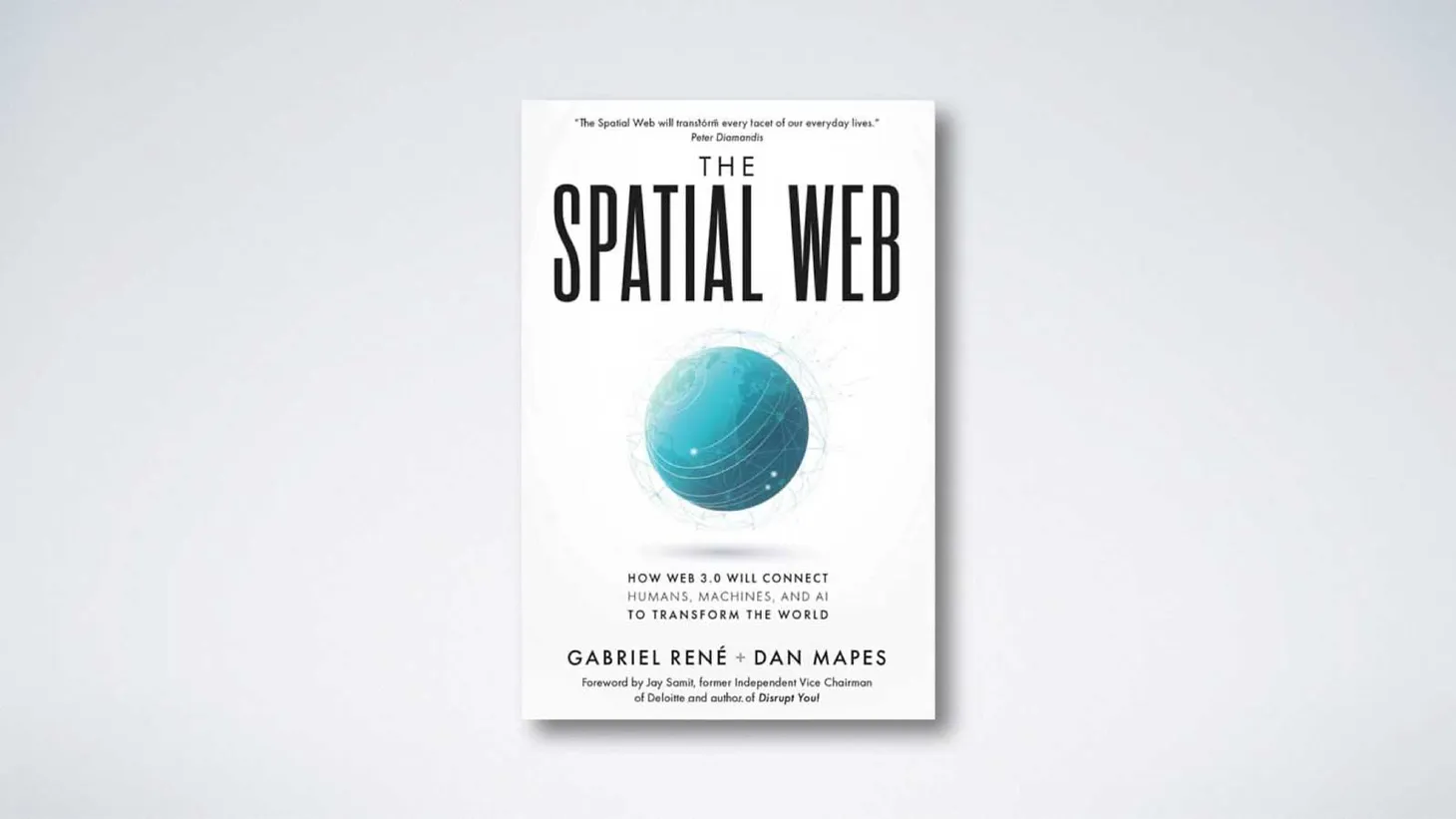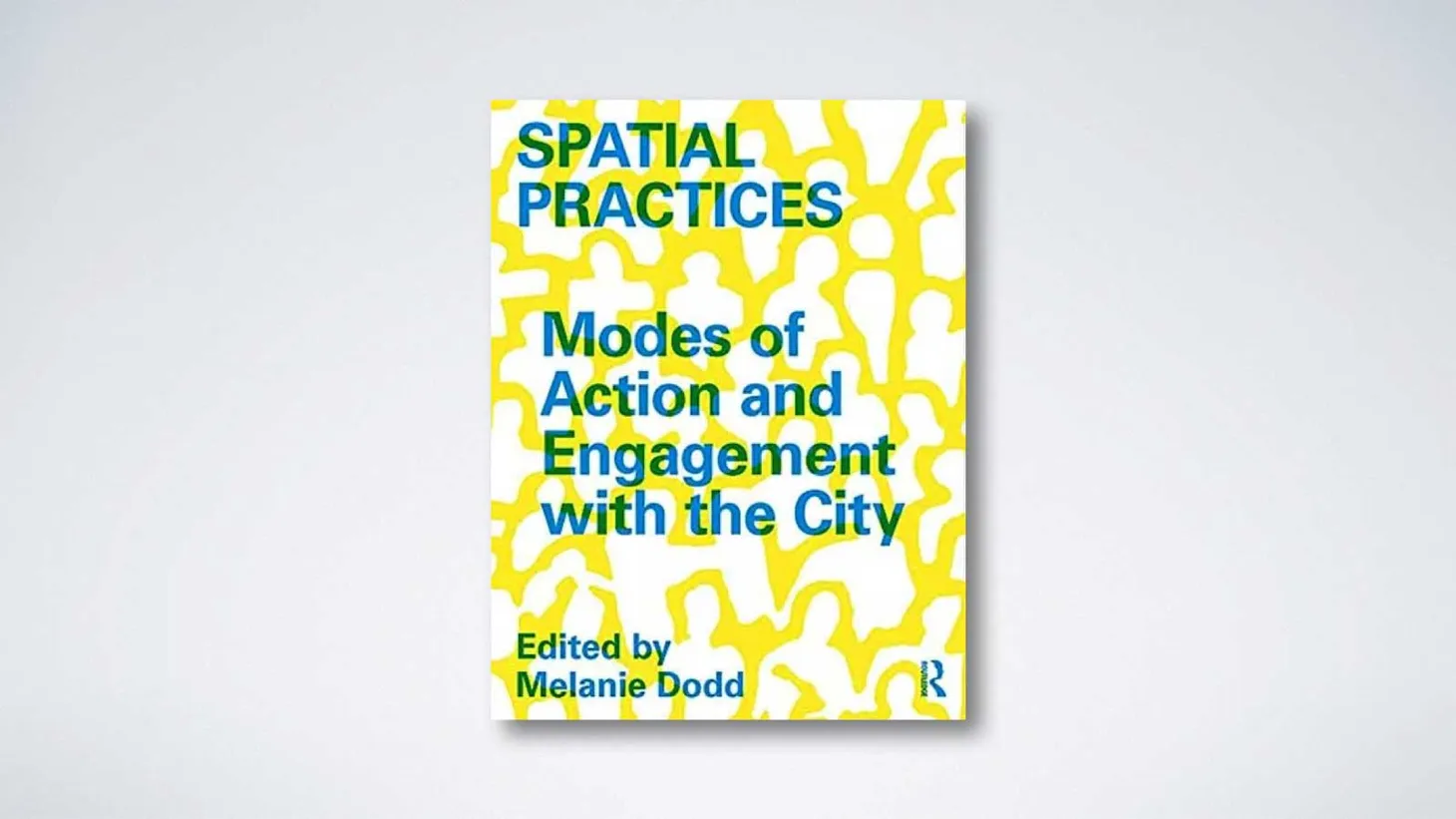The other kind of A.I.
Four architects who successfully expanded the definition of architecture and helped to shape the digital landscape
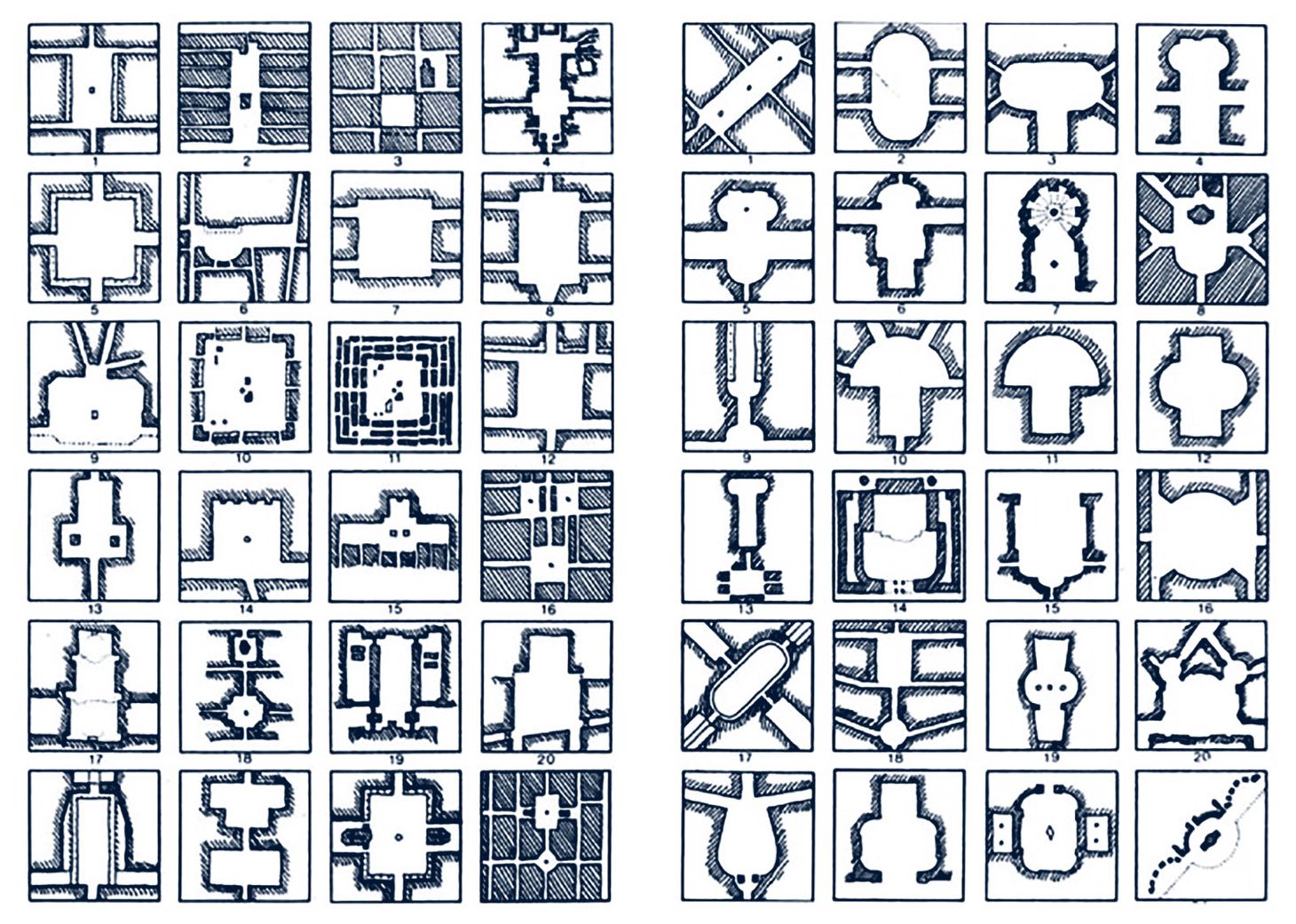
Table of Contents
A bit triggering, perhaps …
It seems that everywhere you look, you can find architects running away from architecture. What is it, specifically, that we are trying to get away from? What are we embarrassed about?
By now, within the profession, it is pretty old-fashioned to complain about the fact that architecture and architects are losing their relevance; that tech and media are fast while architecture is slow; that society is passing us by.
Some of that sentiment, about architects, can also be found outside the profession as well. Is it that Architectes are chasing the sexiness (and pay) of tech, or the romantic lifestyle and perception of artists? What is it that architects are so embarrassed about that they would like to be recognised for anything but architectural design?
Many of these hybrid practitioners might argue that they are expanding the definition of architecture, but if what they are pursuing does not reflect an architect’s core competency, namely, crafting space, then it is more an escape than an expansion.
Core competency
Architect Richard Saul Wurman (of Information Architecture fame) likes to say that "you can only understand something relative to something you understand". If this is an acid test for pursuits by ‘alternative’ architects, mentioned above, then many would fail ‘understanding’ of those pursuits, or at best show a tenuous and distant connection.
In each case, the alternatives capture a single element of architectural competency, be it the legitimacy to participate in an event labelled ‘architectural’; graphical skills on screens that might translate to working on other screens; or leaning on the perceived professional reputation of architecture itself, as a crutch to lend legitimacy to whatever other pursuit you wish to engage in.
In each case, the core competency of crafting space is sidelined, and in each case the alternative practitioners would likely have been better served by not spending years and money studying architecture at all …
De-professionalisation
… which gets to the heart of the problem
Despite my tone above, there is nothing inherently wrong about pursuing an alternative path. In fact, it is evolutionary and liberating.
The problem arises when we try to fit it into a professional box.
The most appropriate thing that you can do, after studying a full seven or eight years at architecture school, is build bricks and mortar architectural buildings in the traditional way.
If you want to do anything else, at all, it makes no sense to spend all that time and money studying, as you won’t fully exploit the core competencies that come out of the experience.
The current structure of architectural education and practice is over 500 years old. Our 21st century challenges demand novel approaches that traditional definitions of architecture restrict the development of.
So, by all means, go out and expand what the word architect means, but don’t spell it with an uppercase A.
The most appropriate thing that you can do, after studying a full seven or eight years at architecture school, is build bricks and mortar architectural buildings in the traditional way. If you want to do anything else, at all, it makes no sense to spend all that time and money studying, as you won’t fully exploit the core competencies that come out of the experience.
Architectural Intelligence
As it stands, we have no shortage of alternative practitioners who have expanded their architectural experience in influential and non-traditional ways.
Molly Wright Steenson is an academic and designer who has had a look at key figures, whose work has had an impact well beyond the field of architecture, and, in different ways, helped to define the digital landscape that we experience today:
- Christopher Alexander
- Richard Saul Wurman
- Information Architects
- Cedric Price
- Nicholas Negroponte and the MIT Architecture Machine Group
As artificial intelligence takes the world by storm, we would do well to remember the lessons of these pioneers of architectural intelligence.
Four books of architecture
Accordingly, our next reviews will be:
- The Timeless Way of Building (Christopher Alexander)
- A Pattern Language (Christopher Alexander)
- Soft Architecture Machines (Nicholas Negroponte)
- and of course, Architectural Intelligence (Molly Wright Steenson)
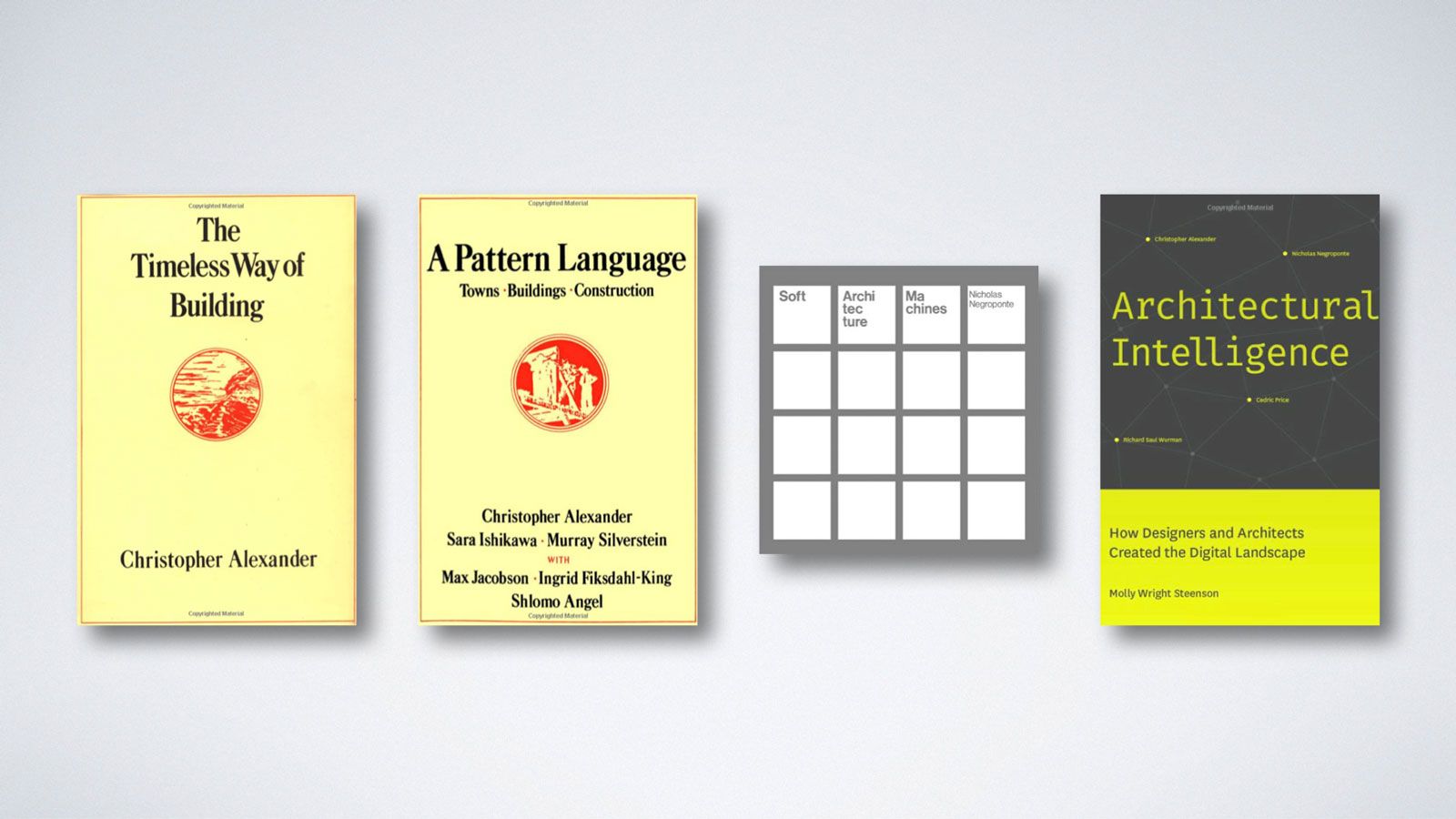

amonle Journal
Join the newsletter to receive the latest updates in your inbox.



